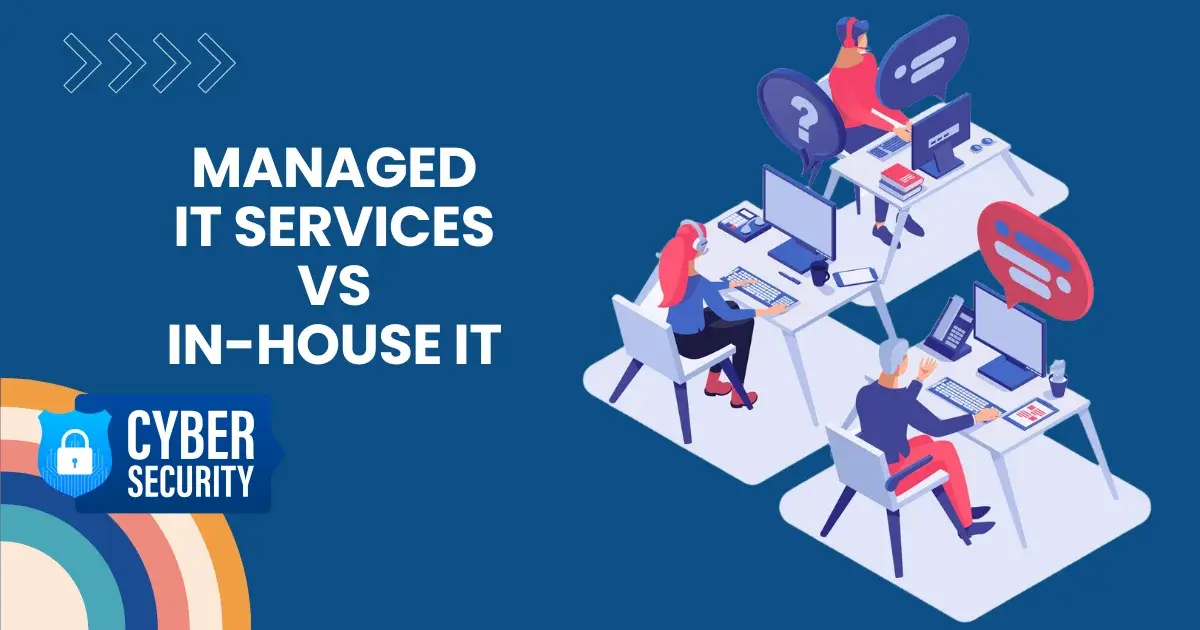- November 20, 2023
What Does Spillage Mean in Cyber Awareness?
Ever wondered what spillage means in cybersecurity? Spillage refers to cyber awareness when information accidentally moves from top security to restricted or general access. This accidental release of confidential data is one of the biggest threats businesses face.
For example, an employee might accidentally email a confidential report to an unauthorized recipient. Training employees on how to avoid these situations is key to staying protected. Understanding what spillage is and how it ties to cybersecurity is crucial.
Let’s discuss how Cyber Awareness helps in this case.
How Cyber Awareness Helps Prevent Spillage
Table of Contents
Spillage cyber awareness secures sensitive information, preventing accidental exposure to unauthorized entities. It protects private information against digital threats. In today’s world, information leakage can lead to financial loss, reputational damage, and identity theft. Understanding and practicing spillage cyber awareness is essential to prevent these dangers.
What Are the Different Types of Spillage Cyber Security?
Several strategies help avoid data spills and improve cyber awareness. Let’s explore these key categories:
Data Encryption
Data encryption converts information into a secure format, only accessible by authorized individuals. It acts as a digital lock, ensuring that intercepted data remains unreadable to unauthorized parties, thus enhancing spillage awareness in cybersecurity.
Firewalls
Firewalls act as barriers, protecting networks from external attacks by filtering incoming and outgoing traffic based on set security rules. They block unauthorized access and prevent information spillage and various cyberattacks.
Anti-Virus Software
Anti-virus software detects, stops, and removes malicious software from computer systems. It is crucial for preventing infections, ensuring cybersecurity, and avoiding security spillage.
Password Protection
Strong passwords and multi-factor authentication (MFA) secure access to sensitive data, preventing spillage and ensuring only authorized users can access it.
Strategies to Prevent Data Spills
Spillage cyber awareness aims to prevent data leaks. Here are essential strategies:
Set Up Stringent Security Measures
Access Control: Limit access to confidential information based on job roles and responsibilities to enhance spillage cyber awareness.
Security Policies: Establish strict policies for information management, distribution, and storage to prevent spillage and ensure cyber awareness.
Restrict Data Access
Need-to-Know Basis: Only allow access to data for individuals who need it for their work, referring to spillage prevention.
Role-Based Access: Assign access rights according to job roles, ensuring users only access relevant data, enhancing spillage cyber awareness.
Encrypt Data
Data-at-Rest Encryption: Encrypt data stored on devices to prevent access if devices are lost or stolen, a key aspect of spillage awareness.
Data-in-Transit Encryption: Encrypt data during transmission to protect it from cybercriminals, crucial for spillage cyber awareness.
Employee Awareness
Training and Education: Regularly train employees on risks and best practices to avoid accidental data disclosure, referring to spillage prevention.
Incident Response Protocols: Develop and implement response plans to address data breaches promptly and effectively, enhancing spillage cyber awareness.
Understanding and implementing these strategies are crucial for spillage cyber awareness, helping protect sensitive information from accidental exposure.
Conclusion
Spillage cyber awareness is crucial for network industries. Understanding various types of spillage cyber security and implementing appropriate measures is key to preventing data breaches and leakages in their work.
If you want professional advice to help prevent spillage, contact a cyber security company in Chicago. Their expertise will keep you ahead in the cyber world and enhance your spillage awareness, securing your data in an ever-changing digital environment.





